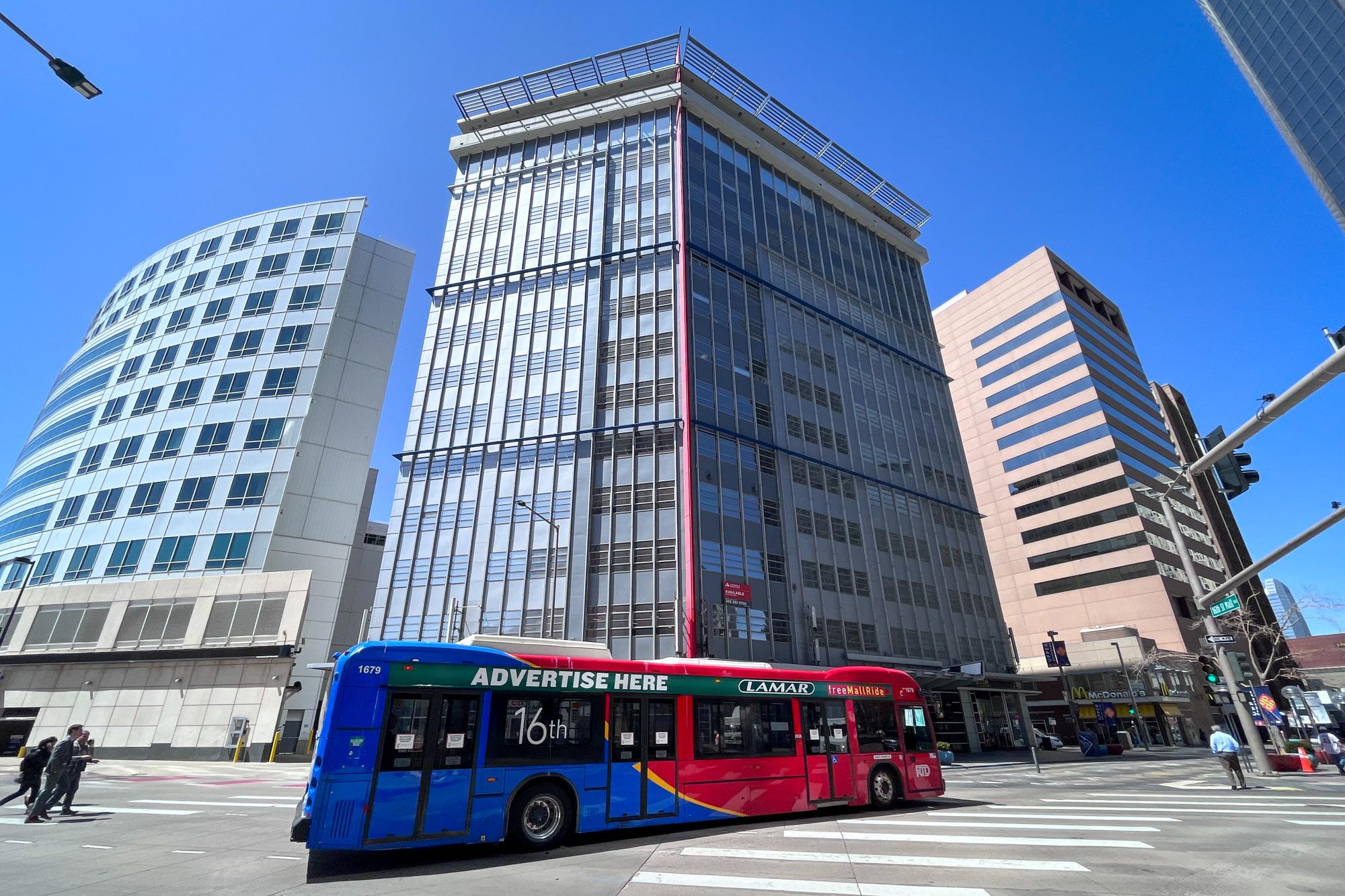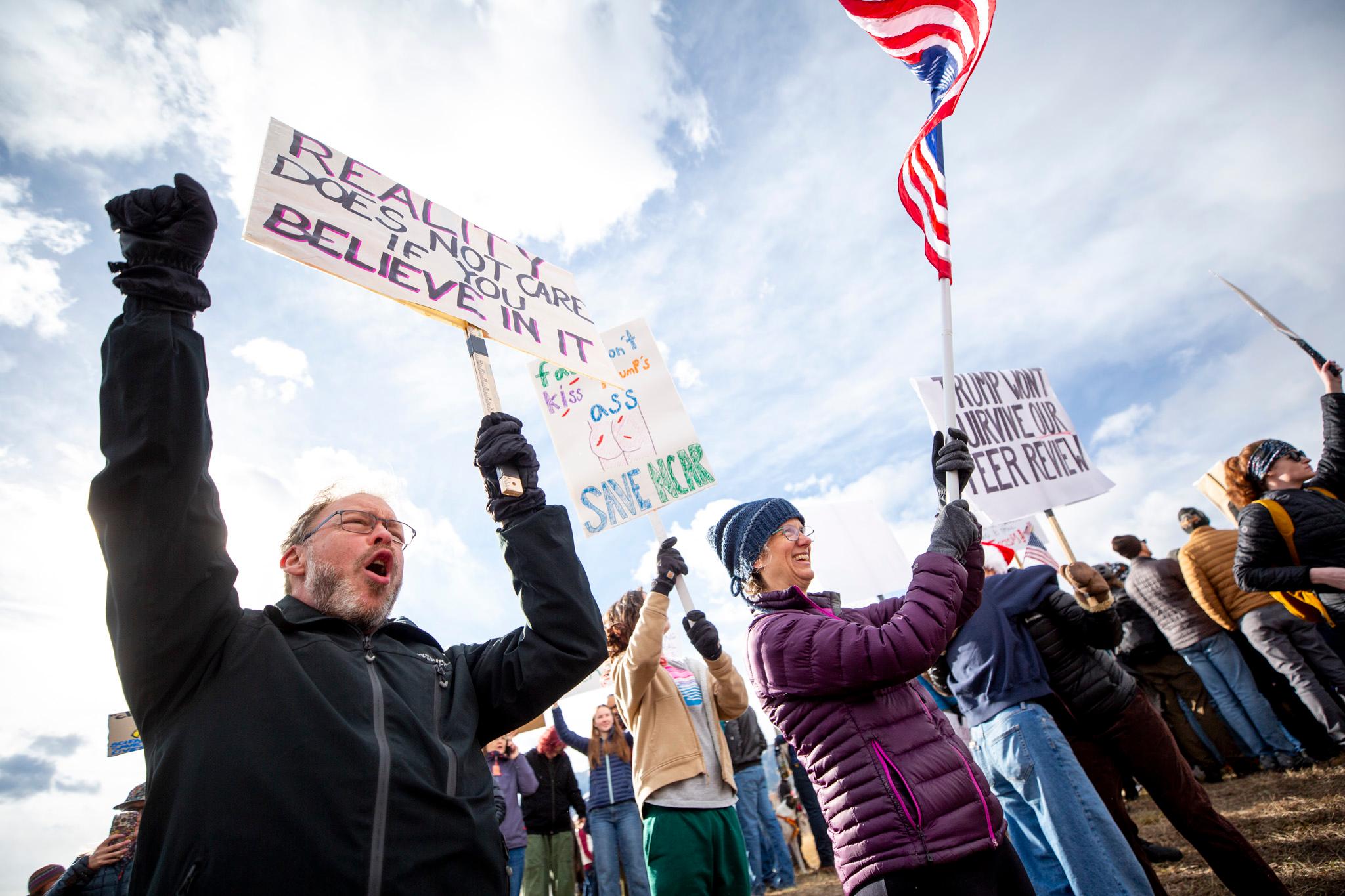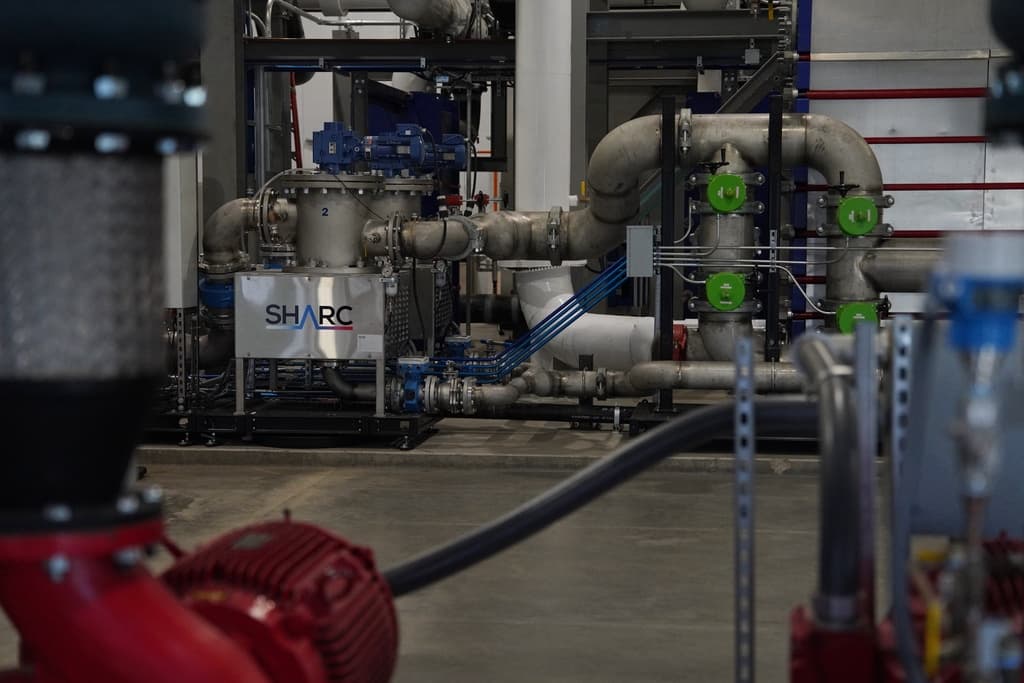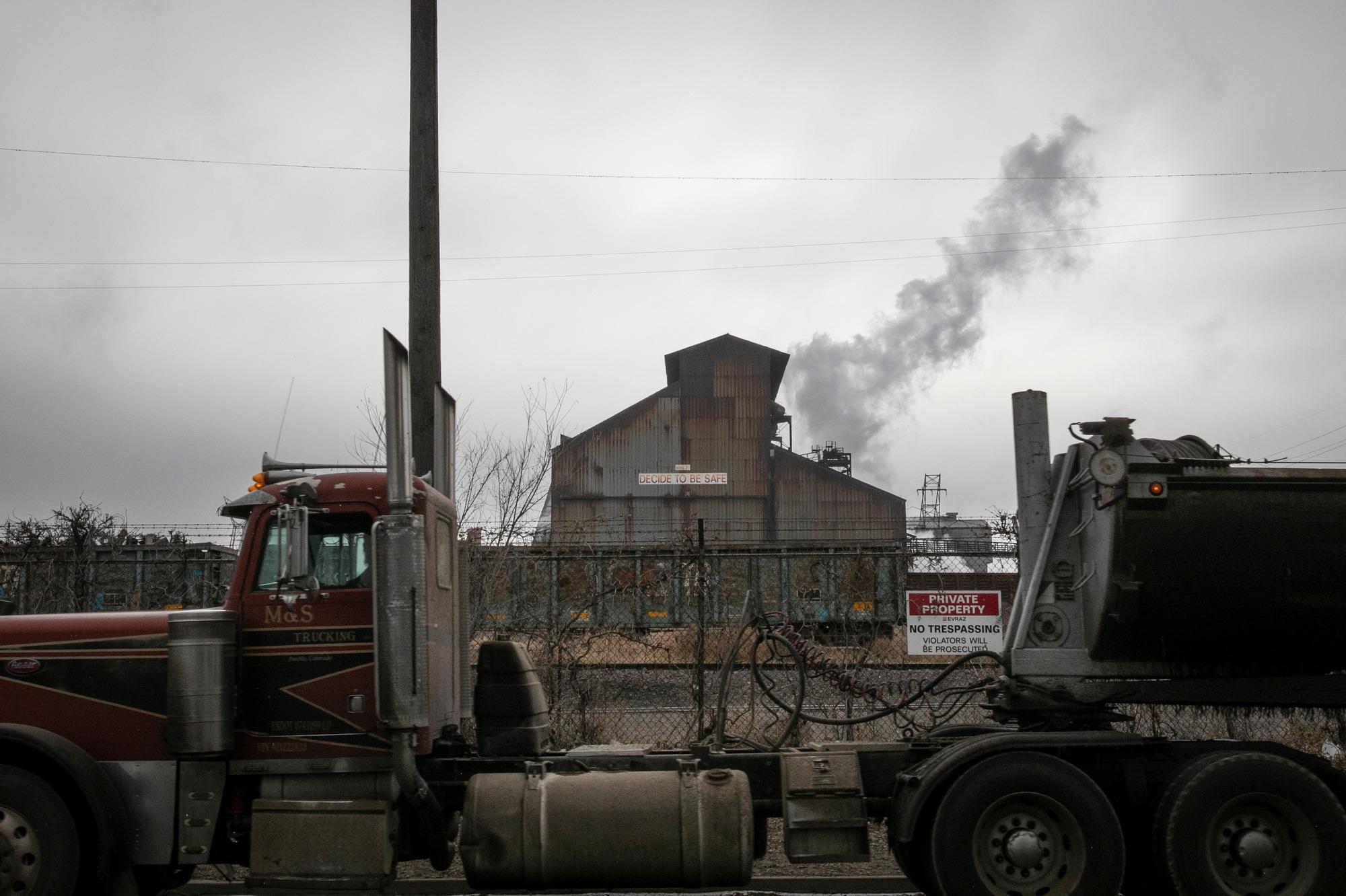
The Petroleum Building, which briefly reigned as the tallest in Denver, is an unremarkable piece of the current downtown skyline. At 14 stories, the 1950s-era building no longer cracks the list of the city’s top 20 highest, and lacks the flashy veneer of the city’s newer buildings.
Today, the building is more than half empty. While the property’s star has dimmed since its upper floors housed a decadent meeting space for the region’s oil and gas industry, some see the glimmers of a potential rebirth for downtown Denver in its dated bones. In other words, they’d like to turn it into apartments.
And if city officials have their way, the building — once opulent and full of business — won’t be the last.
The building’s owner has filed a plan with the city to transform the office tower into roughly 130 residential units. The plan is preliminary, according to landlord John Borst. But under the circumstances, it seems like the best way forward, he said.
“We’re not the latest and greatest and brand new,” he said.
His group was planning to sell the property, but when the COVID-19 pandemic hit, the deal fell through.
“We were already a little vacant … and then when COVID happened and there was a mass exodus downtown, our tenancy dropped significantly to the level we’re at now,” Borst said.
That’s when Borst and his partners decided to investigate turning the property into apartments.
“The way many of us work has changed since the pandemic, and vacant office space is an opportunity … to create more affordable housing for our residents and downtown workers, more neighborhood spaces for people to live, shop, gather,” Denver mayor Michael Hancock said during a recent event to tout the city’s emergence from pandemic doldrums.
It looks like there will be plenty of empty office space to go around. Despite the widespread availability of vaccines and fatigue with social distancing and other pandemic measures, a lot of office workers simply don’t want to go back to the daily commute. Executives seem to be showing an increased willingness to listen to their employees on the topic. Roughly a quarter of office space in downtown Denver is sitting empty as companies continue to evaluate remote work policies, according to real estate services company CBRE.
Denver officials acknowledge office buildings are unlikely to ever go back to the way they were prior to the pandemic, and are launching a program to transform some of those buildings into housing in an effort to breathe new life into an area of the city that feels stale.
Currently, less than 10 percent of buildings in the city’s central business district are residential, according to Lilly Djaniants, a city planner for Denver. She said she’d like to see that figure go as high as 40 percent over the next decade. The city has started outreach to developers about converting buildings that are past their prime and don’t have upgraded finishes and amenities, as those properties are struggling the most to attract tenants.
“We started to do our research and wanted to explore what other cities are doing and what other cities have done in the past in similar situations and what came up time and time again … cities would look for opportunities for conversion of office to residential,” Djaniants said.
One of the examples Denver city planners are studying is what happened in Manhattan’s financial district following the terrorist attacks on 9/11, when a swath of office buildings was converted into apartments in an effort to get people to come downtown. Denver’s situation isn’t as dramatic, but downtown Manhattan offers a valuable blueprint, she said.
“They offered competitive rental rates. They offered more bedrooms than what you would typically get … and bigger units,” she said.
Most people point to 1600 Glenarm Place as the most recent example in Denver of how city officials and developers could make the plan work. The 31-story tower on the 16th Street Mall was converted to apartments in 2006. Today, a one-bedroom rents for about $1,800 per-month, roughly in-line with the average in the area, according to the building’s website.
Developers are in the business of making money, and it has to be worth it to them to undertake these kinds of massive overhauls, which are often very expensive to complete. As such, affordability is sure to be a flashpoint in any discussion of a wide scale effort to turn office buildings into housing. A spokesperson for Denver’s community planning and development department pointed to an initiative that, if approved, would require any new construction with at least 10 units to include affordable homes.
There are plenty of obstacles to putting the city’s plans into action. Since office buildings aren’t meant to be living spaces, the proportion and scale of the space they occupy are fundamentally different. It can be challenging to get sufficient fresh air and light without wasting a lot of space, according to Jay Fourniea, a design architect who oversees Western markets including Colorado for commercial property firm Opus Group. Acoustics can be an issue, too, he said.
“People want to be a little more private [in their homes],” Fourniea said.
The Petroleum Building’s Borst said his property is fairly well suited to becoming apartments because it’s smaller than more modern buildings, meaning there won’t be a big dead zone in the center where no light gets through.
His group has also thought about how to incorporate historical features of the property in an interesting way. For instance, the property was originally a bank, and the vaults in the basement could be a bar with a speakeasy vibe, Borst said.
Borst thinks that many landlords in Denver with older office buildings are going to come to a similar conclusion about the future of the space, despite the considerable challenges of conversions.
“The writing is on the wall for a lot of these buildings,” he said.









